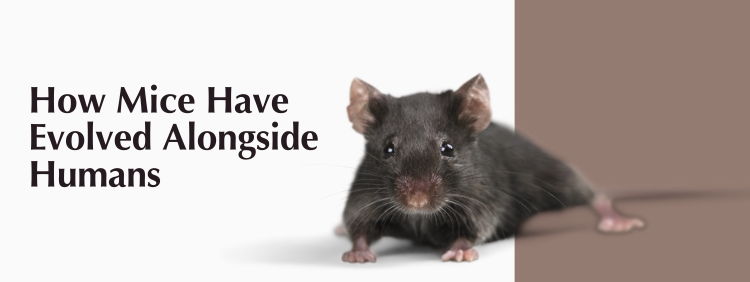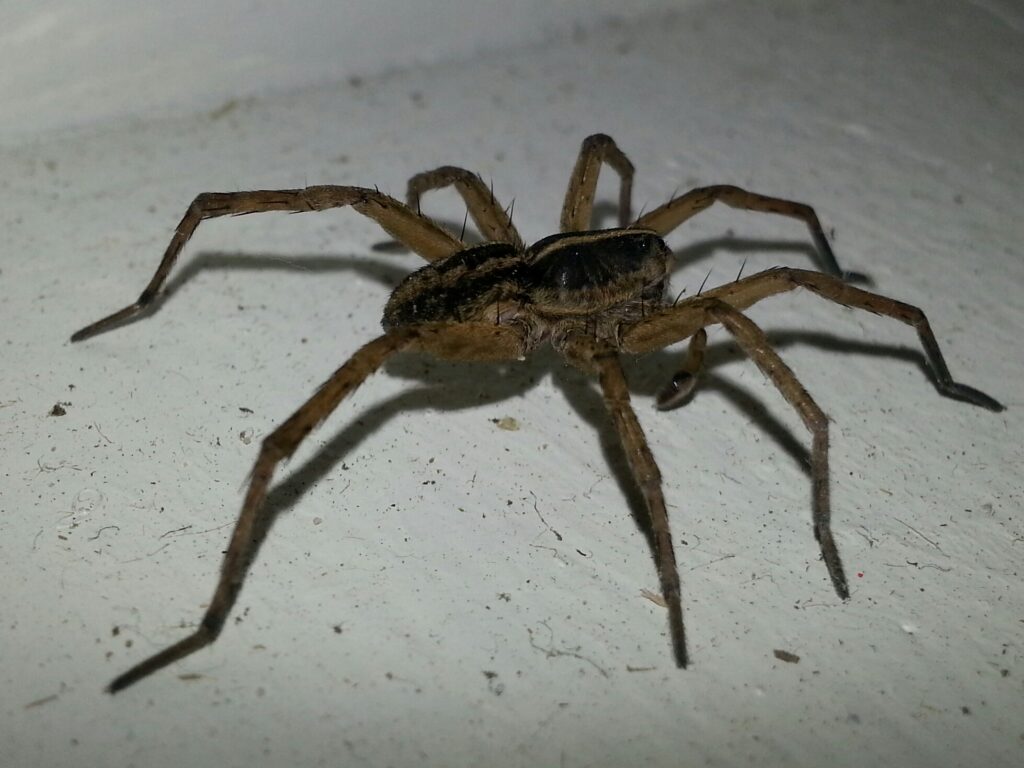 Mice are more than just a nuisance plaguing our homes and businesses. These tiny rodents have a long and fascinating history, dating back millions of years. But it wasn't until humans appeared on the scene that mice truly began to evolve. Over time, they have adapted to live alongside us, taking advantage of our structures and food supplies. In fact, today's common house mouse is a far cry from its wild ancestors, having developed unique behaviours and features that make it ideally suited to urban and suburban life. Humans have long struggled with mice control, to no avail.
In this article, we'll explore the evolution of mice alongside humans and look at attempts to keep these pesky pests at bay.
Mice are more than just a nuisance plaguing our homes and businesses. These tiny rodents have a long and fascinating history, dating back millions of years. But it wasn't until humans appeared on the scene that mice truly began to evolve. Over time, they have adapted to live alongside us, taking advantage of our structures and food supplies. In fact, today's common house mouse is a far cry from its wild ancestors, having developed unique behaviours and features that make it ideally suited to urban and suburban life. Humans have long struggled with mice control, to no avail.
In this article, we'll explore the evolution of mice alongside humans and look at attempts to keep these pesky pests at bay.
The Origins Of Mice: An Ancient Connection To Humans
Unbeknownst to many, the relationship between humans and mice started evolving together more than ten thousand years ago. When our ancestors made the monumental shift from nomadic hunter-gatherer lifestyles to settled farming communities - an era known as the Neolithic revolution - the grain stores attracted and served mice as a new, abundant food source. This period marked the beginning of the commensal relationship, where they began living in close proximity to humans, a phenomenon that significantly impacted their evolutionary course. Scholars believe that the first signs of this relationship appeared in the ancient Egyptian civilization. Archaeological evidence suggests that these societies were familiar with the concept of rodent infestations.The Evolution of House Mice
Today's house mouse, scientifically known as Mus musculus, evolved with many traits that made it particularly well-suited to living alongside humans. Unlike their shy and woodland-inhabiting ancestors, they display little fear of humans. They have adapted to gnaw through hard substances, such as plastic and thin metal, to reach stored food. Furthermore, house mice have developed a keen ability to reproduce rapidly, granting them a significant advantage in the perennially competitive game of survival.The Spread of Mice: Following Human Migration
Mice species also used human migration to their benefit. As humans explored and colonized new territories across the world, these rodents hitched a ride on boats and wagons. From Africa to Asia, Europe to the Americas, the distribution of mice is a mirror image of historical human migration. Interestingly, by studying the genetics of present-day mice, scientists can even trace the routes followed by ancient human explorers and settlers. It is a fascinating example of how we can uncover history not just from human artifacts but from the digital routes found within the genomes of the humble house mouse.The Human Impact on Mouse Evolution
One of the most striking examples of human-initiated mouse evolution is the development of distinct urban and rural populations. In cities, where resources like food and shelter are plentiful but competition is fierce, mice have evolved to become more tenacious than their rural counterparts. Alternatively, mice in rural areas, dealing with scarce resources and predators, have developed a more alert and cautious response. In the grand scheme of evolution, human beings have played a significant role in directing the course of the house mouse's development. From its early origins to its present-day diversity, the story of the mouse is indeed a fascinating tale of co-evolution with mankind.

